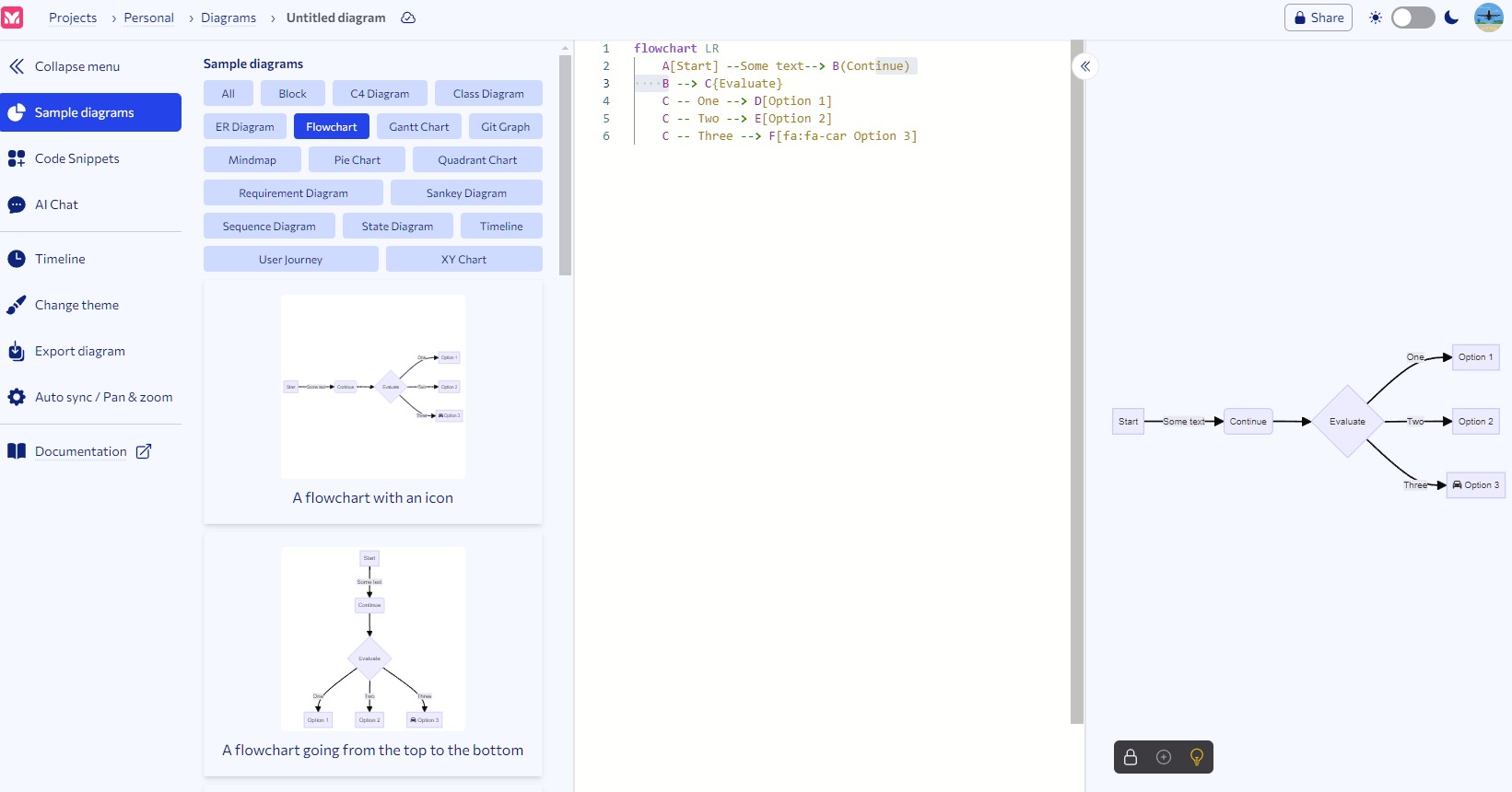Wednesday, 20 March 2024, Bengaluru, India
Mermaid, with its ability to creating diagrams using a language akin to Markdown, an open-source diagramming and charting tool, has long been a favorite among coders. Like many things, Knut Sveidqvist, the founder of Mermaid, started the project because he needed it for his work as a software architect and released it under an open-source license with no immediate plans to make money off of it. Open Core Ventures (OCV), the venture capital firm founded by Sid Sijbrandij of GitLab, reached out to him in 2022. Andrew Firestone, a serial entrepreneur and investor, was then paired with him as CEO.

(Image Source: Techcrunch.com)
The firm has now revealed that it has raises $7.5 million seed funding round from OCV, Sequoia, and Microsoft’s M12 fund (among roughly a dozen more angel investors). The company has been building hosted services around the open-source project.
Although Sveidqvist first primarily focused on flowcharts, Mermaid eventually included other kinds of diagrams, and the user base swiftly adopted it. It’s also become relatively well-known. According to Firestone, there were 4 million users of the open-source project’s cloud version last year.
The OCV approach aims to identify well-liked projects with astute founders and work with them to co-found a business to bring those products to market. This frequently entails adding a CEO with business acumen to supplement the usual technical co-founder. Naturally, the fact that these initiatives have a history of success also helps since it significantly reduces the investment risk.
“When you combine the open source software with the venture studio model, the capital, and Sid Sijbrandij’s kind of background, you end up with these seed-stage companies that appear to have been de-risked significantly more than a series A,” Firestone said was incredibly unique for me to come in because you get so much of a glimpse into the future on product-market fit.
According to Firestone, millions of non-technical people require flowchart and diagramming tools. Mermaid Chart aims to tackle this market by developing user-friendly tools specifically for this user base. However, the ultimate goal is far more expansive and less concerned with upending luminaries like Lucidchart or Miro. According to Firestone, Mermaid Chart aims to compete with workflow automation platforms like ServiceNow. However, that will still be a while off.
The group’s primary goal is expanding its customer base and improving its service. However, if a business commits to Mermaid Chart, the tool could develop into an essential knowledge source to help the company realize its larger process automation goal.
The team is conscious that there will always be a high entry barrier because it is a text-based application. For this reason, the business also just included a visual editor. However, that is an optional feature. Users are free to stick with the text-based method if they want and prefer (and move between the two interfaces at a whim).
The team also trained their own AI model to enable users to generate charts using a chat interface, for example, to make Mermaid even more user-friendly. When you make a syntactic error in a diagram, the AI can also correct it for paying users.
Sijbrandij, co-founder and CEO of GitLab and founder of Open Core Ventures, stated, “Mermaid’s open-core is enjoyed by millions of software engineers globally, and its software is supported natively in GitLab, GitHub, and others.” “Mermaid Chart is growing the community by using AI as a catalyst to bring the advantages of Mermaid to all kinds of business users.” We’re thrilled to assist the team in this next round of development because of the technology’s substantial use cases and revenue prospects.
(Information Source: Techcrunch.com)

